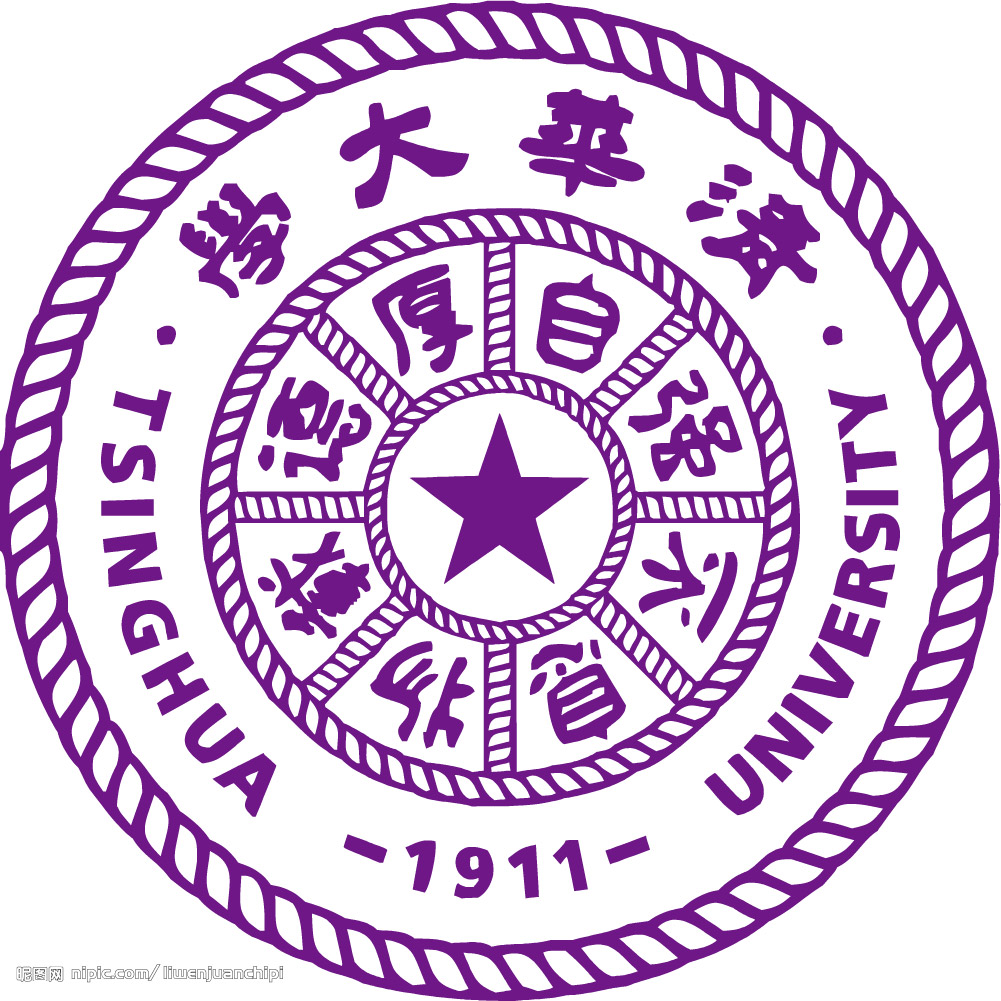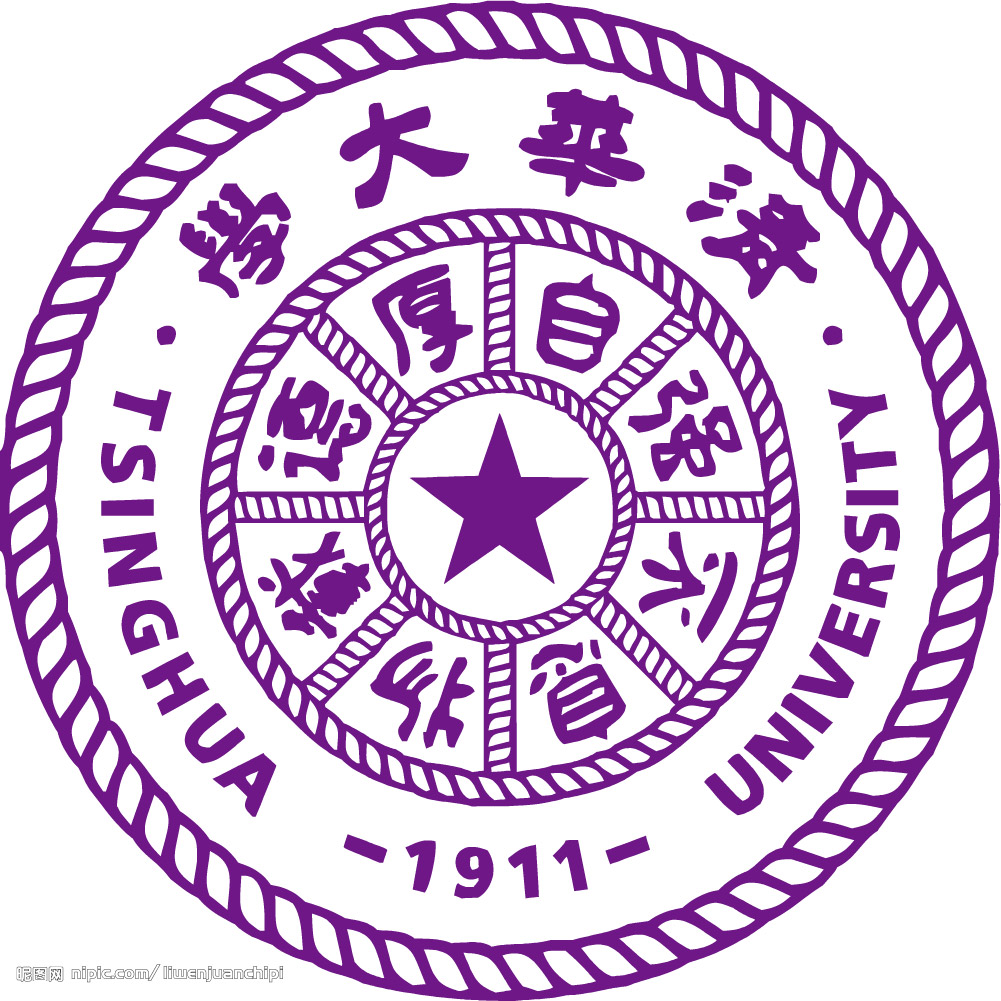Team:Tsinghua-A/Safety
From 2011.igem.org
(Prototype team page) |
(→Safety) |
||
| Line 48: | Line 48: | ||
==Safety== | ==Safety== | ||
| - | + | 1. Would any of your project ideas raise safety issues in terms of: | |
| + | researcher safety, | ||
| + | public safety, or | ||
| + | environmental safety? | ||
| + | |||
| + | Biology research will raise safety issues to some extent, since the utility and study of plasmids and bacteria may lead to potential risks. However, we believe that the bio-safety in our laboratory can be guaranteed during the research process, for our special attention on this important issue. We act under the principle of the experiment and the regulation of our university. Moreover, we make guidelines for our laboratory in the usage of devices, the preservation of the bacteria and the dealing of waste, in order to keep us behavior properly and thus keep off the safety issues. Additionally, our project ideas only focus on the sequence of the gene, and are unlikely to produce new and unexpected substance. With all measures above followed, the risk can be decreased to the minimum. | ||
| + | |||
| + | |||
| + | 2. Do any of the new BioBrick parts (or devices) that you made this year raise any safety issues? | ||
| + | |||
| + | No. As far as we are concerned, with the regulation and restriction to follow, and the utility of only the innocuous genes, none of the new BioBrick parts or devices we made this year raise safety issues. | ||
| + | |||
| + | |||
| + | 3. Is there a local biosafety group, committee, or review board at your institution? | ||
| + | If yes, what does your local biosafety group think about your project? | ||
| + | If no, which specific biosafety rules or guidelines do you have to consider in your country? | ||
| + | |||
| + | Yes. Our project is supported and financed by Department of Automation with the help of Department of Life Sciences. Professors and supervisors keep in contact with our team, evaluate the procedure and give us necessary advices during our work, and safety is required to be concerned as the prior issue. What’s more, laboratory assistants participate in the research and thus lead the teammates to conduct in a right way. | ||
| + | |||
| + | |||
| + | 4. Do you have any other ideas how to deal with safety issues that could be useful for future iGEM competitions? How could parts, devices and systems be made even safer through biosafety engineering? | ||
| + | |||
| + | Standardization contributes to the bio-safety. With a proper standard on BioBricks, the utility of parts and devices and the synthesis of new ones will be of safety. Therefore, we hold the idea that a library with detailed information and explanation in registering and sorting BioBricks should be established. As for bio-safety engineering, nucleotide near the gene of BioBricks can be edited, in order to protect the nucleotide sequence from unexpected change. With a certain protective method, gene will become steady and involve less possibility to do wrong, then, parts, devices and systems can be made safer. | ||
Revision as of 10:39, 13 July 2011
| You can write a background of your team here. Give us a background of your team, the members, etc. Or tell us more about something of your choosing. | |
|
Tell us more about your project. Give us background. Use this is the abstract of your project. Be descriptive but concise (1-2 paragraphs) | |
| Team Example |
| Home | Team | Official Team Profile | Project | Parts Submitted to the Registry | Modeling | Notebook | Safety | Attributions |
|---|
Safety
1. Would any of your project ideas raise safety issues in terms of: researcher safety, public safety, or environmental safety?
Biology research will raise safety issues to some extent, since the utility and study of plasmids and bacteria may lead to potential risks. However, we believe that the bio-safety in our laboratory can be guaranteed during the research process, for our special attention on this important issue. We act under the principle of the experiment and the regulation of our university. Moreover, we make guidelines for our laboratory in the usage of devices, the preservation of the bacteria and the dealing of waste, in order to keep us behavior properly and thus keep off the safety issues. Additionally, our project ideas only focus on the sequence of the gene, and are unlikely to produce new and unexpected substance. With all measures above followed, the risk can be decreased to the minimum.
2. Do any of the new BioBrick parts (or devices) that you made this year raise any safety issues?
No. As far as we are concerned, with the regulation and restriction to follow, and the utility of only the innocuous genes, none of the new BioBrick parts or devices we made this year raise safety issues.
3. Is there a local biosafety group, committee, or review board at your institution?
If yes, what does your local biosafety group think about your project?
If no, which specific biosafety rules or guidelines do you have to consider in your country?
Yes. Our project is supported and financed by Department of Automation with the help of Department of Life Sciences. Professors and supervisors keep in contact with our team, evaluate the procedure and give us necessary advices during our work, and safety is required to be concerned as the prior issue. What’s more, laboratory assistants participate in the research and thus lead the teammates to conduct in a right way.
4. Do you have any other ideas how to deal with safety issues that could be useful for future iGEM competitions? How could parts, devices and systems be made even safer through biosafety engineering?
Standardization contributes to the bio-safety. With a proper standard on BioBricks, the utility of parts and devices and the synthesis of new ones will be of safety. Therefore, we hold the idea that a library with detailed information and explanation in registering and sorting BioBricks should be established. As for bio-safety engineering, nucleotide near the gene of BioBricks can be edited, in order to protect the nucleotide sequence from unexpected change. With a certain protective method, gene will become steady and involve less possibility to do wrong, then, parts, devices and systems can be made safer.
 "
"

